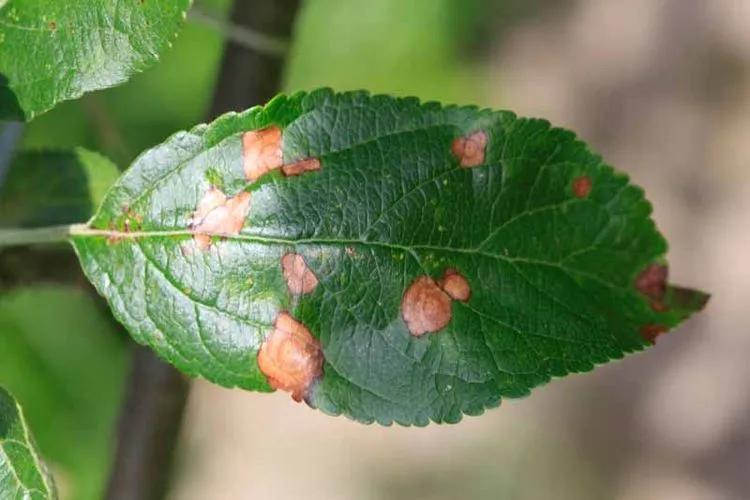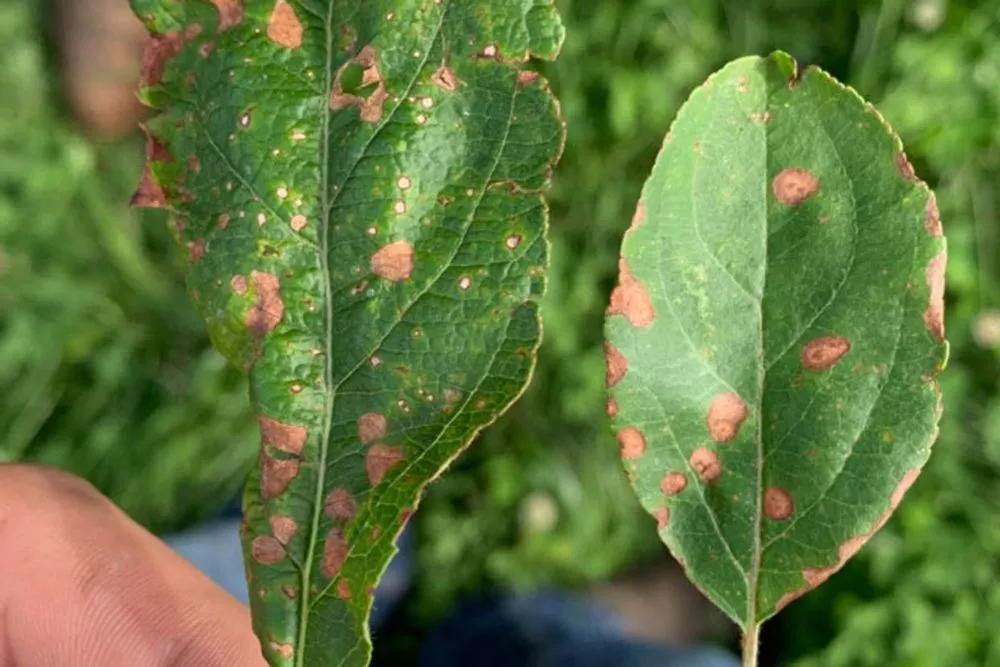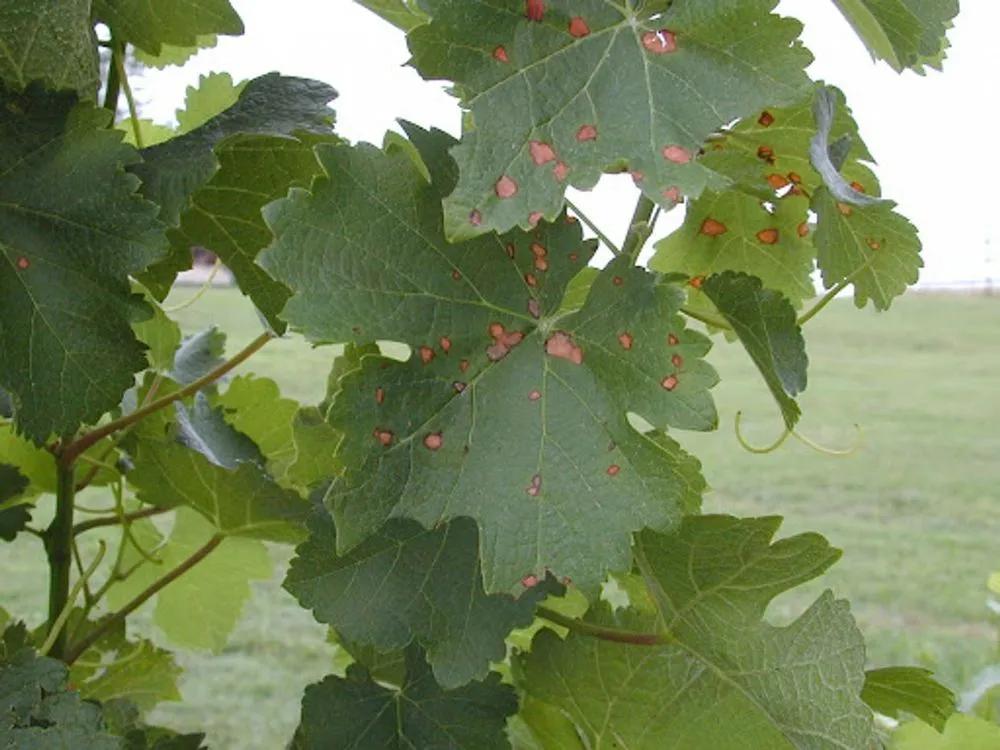This bacterial disease mostly affects crucifers. The disease’s activity is visible in the upper parts of the affected plants. But in some cases, like radish or turnips, the fleshy roots are also damaged. When you notice that seedlings exhibit dwarfism or their lower leaves are dropping, there is a big chance that black rot is the reason behind it. But here’s a tricky thing: many black rot symptoms remind us of the consequences of drought or unbalanced watering, so before treating black rot disease, be sure about it.
Black rot



Signs of damage
- Dwarfism in seedlings. General weakening and reduced size are typical signs of most diseases.
- Chlorosis. The color of margins changes to paler, and pale yellow spots appear as well.
- Discoloration of the crucifers’ top. Cauliflower’s or cabbage’s head becomes paler.
- The affected area becomes darker. With time veins become darker, and spots become brown and dry.
- Dropping of the leaves. Affected leaves become weaker and tend to fall prematurely.
- Destroyed tissue of the plant. This is more visible when the disease progresses.
- Bad smell. As the disease’s name hints, this bacteria is connected to rot and, obviously, a repulsive smell.
How to prevent
Before buying seeds, check if they are labeled as “disease free.” Treatment with hot water is also an effective preventive method because it will eliminate bacteria. This disease thrives in moisture, so overhead watering is definitely not an option; also, avoid working in the field after rain or when it’s too wet outside in general. It’s essential to provide plants with more space and to take care of the cleanness of the environment because bactericides are helpful but not enough; it’s important to keep everything clean. So when you work with the instruments, always clean them afterward. That’s why it’s better to avoid trimming seedlings because they are especially vulnerable to various bacteria. However, the best way to avoid this disease is to buy resistant cultivars and rotate your crops every two years.
Heal
Remove infected plants from the healthy ones as soon as possible. Don’t forget to sanitize everything afterward. When infected plants are gone, apply treatment based on copper to the other. Keep in mind the fact that this disease can be fatal, so it’s important to focus on its prevention.
Go Premium to continue reading
Also you’ll get unlimited access to disease identification and all the other beneficial features
More problems
